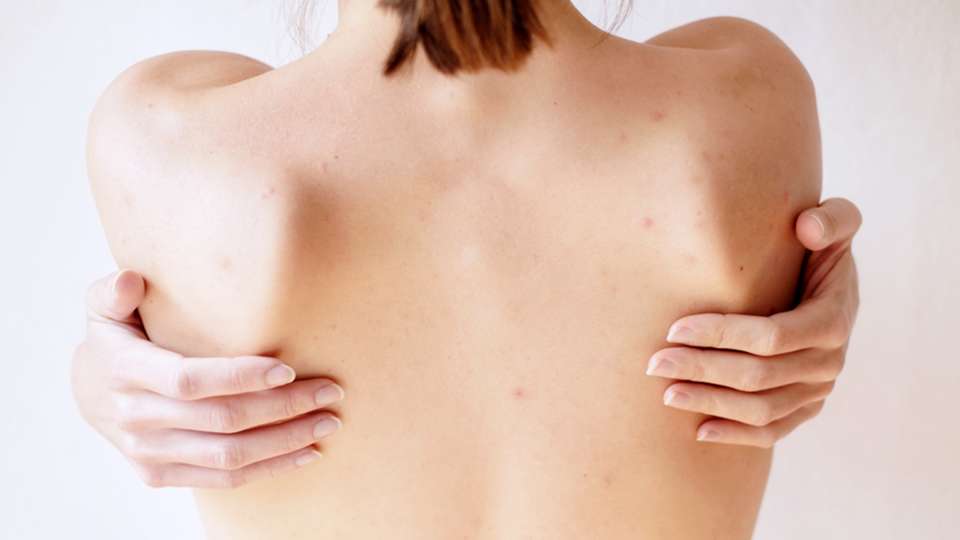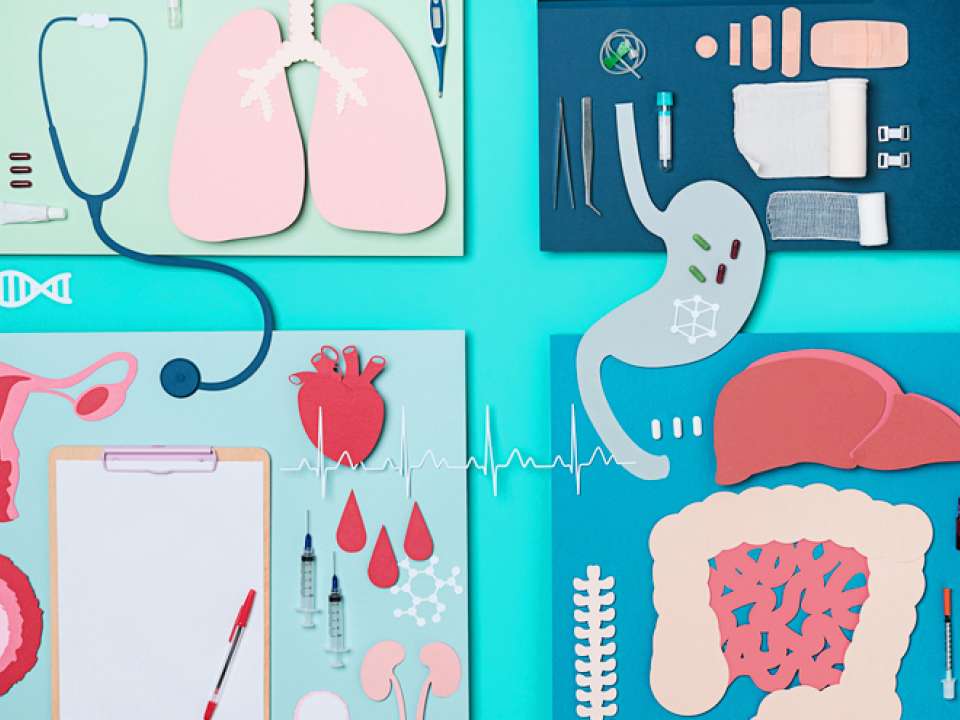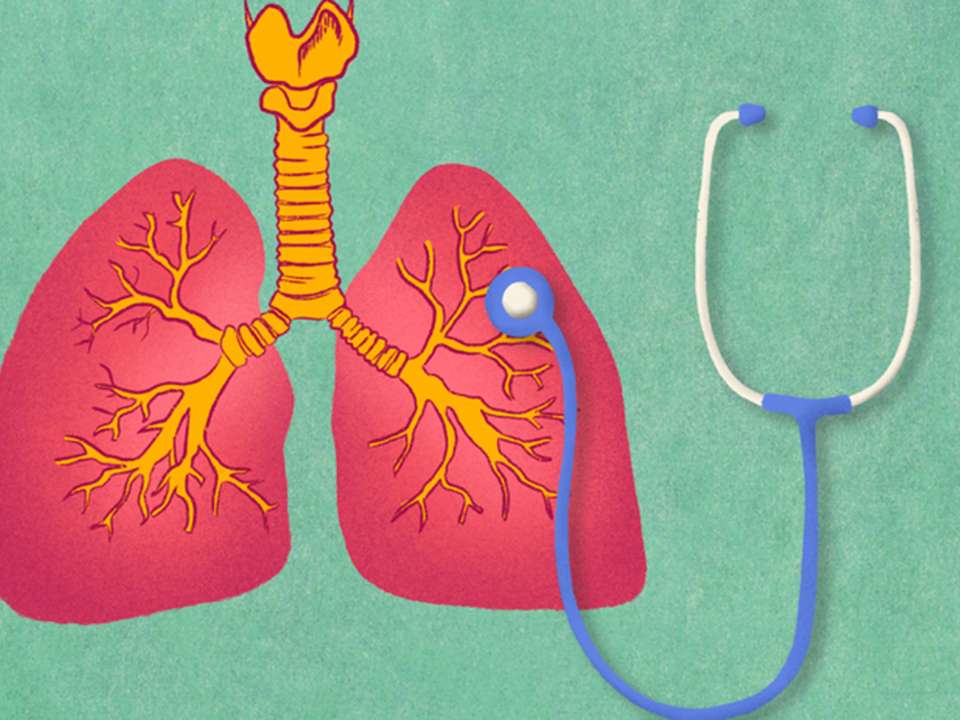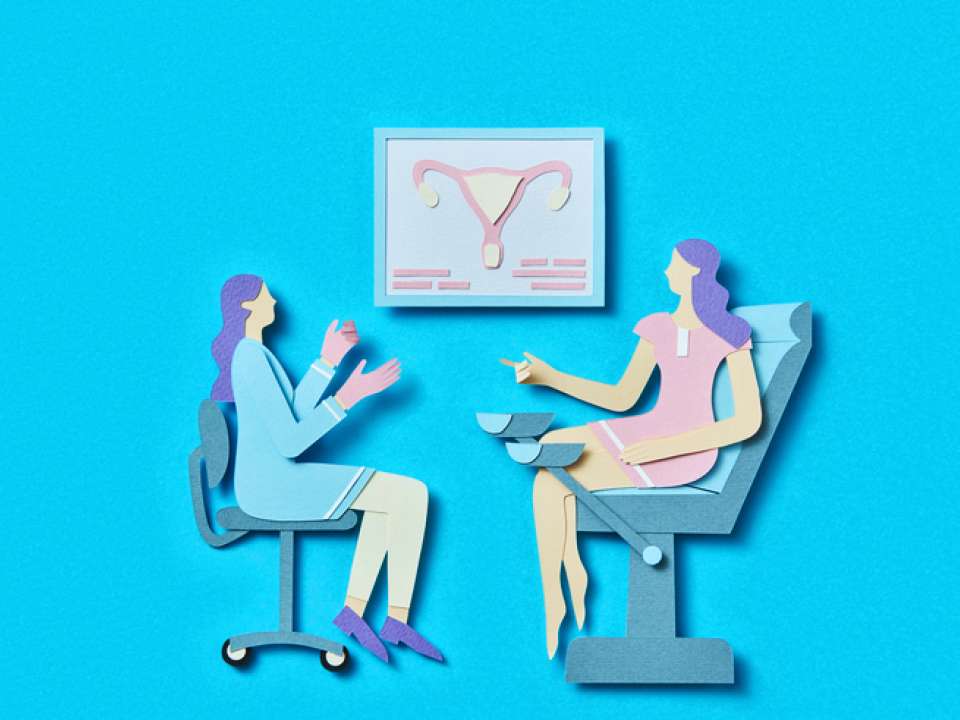
You woke up early to exercise, sweated your way through a hot yoga session and were enjoying your post-workout endorphin high — until you noticed pimples starting to form on your bum and along your bra line. Sigh.
While body acne is common, finding effective prevention and treatment options can be more challenging than your morning vinyasa. From moisturizers and lotions to body washes and butt masks (yes, it’s a thing), it can be hard to know what products will actually work.
“Developing a skin care regimen is not a simple thing. It’s a jungle out there in terms of the products available and can be dizzying and overwhelming, even for professionals,” says Dr. Ata Moshiri, a dermatologist who sees patients at the Dermatology Clinic at UW Medical Center – Roosevelt.
Luckily, banishing blemishes and caring for your skin doesn’t have to be complicated. Simplify skin care with these easy and effective methods for treating body acne.
What are the different types of body acne?
While we often call all, red, pimple-like bumps found on our bodies “acne,” there are actually two main categories of pimples: acne and folliculitis.
Acne is an inflammation caused by a buildup of fatty substances secreted by your skin’s oil glands. Acne usually only develops on your face, upper chest and back, because these are the areas where these oil glands are concentrated.
Folliculitis, on the other hand, is an inflammation of hair follicles, often caused by staph bacteria, so it can occur anywhere hair follicles are found. (This means if you have a pimple on your bum or legs, folliculitis is the likely culprit.)
“Distinguishing between body acne and folliculitis is important because although both involve inflammation of the hair follicles, they are driven by different factors,” Moshiri says. “Understanding what is causing the problem will help us better prevent it and deliver the most appropriate therapy, particularly in more severe cases.”
Healthcare workers and athletes are particularly prone to folliculitis because staph bacteria are present in hospitals and gyms.
Other factors that lead to the formation of both acne and folliculitis include stress, diet, tight clothing, heavy makeup or moisturizers, hormones, pollution and poor hygiene.
How can you prevent body acne and folliculitis?
“The best way to cope with skin problems is to prevent them from occurring in the first place,” Moshiri says.
The good news is the same general rules apply for preventing most body acne and folliculitis.
Wear loose, clean clothing
If your blemishes are centralized on your legs or bum, tight-fitting clothing like leggings or yoga pants might be to blame.
“While exercise gear is oftentimes the pandemic business casual, the tight fit and friction can irritate your skin and trap in oil and bacteria,” Moshiri explains.
To help your pores breathe, add some looser items into your weekly rotation and be sure to wash your workout gear (and other clothing) between uses.
Consider your diet
While more research is needed, some studies have found that dairy and foods with high sugar and fat content can increase your risk of breaking out. This includes high-glycemic foods like bread, white rice and potatoes.
If you experience random break outs, pay attention to what you are eating to see if there are specific foods that trigger these blemishes.
Reduce stress
“Minimizing stress is a big factor in preventing breakouts, but it’s easier said than done,” Moshiri says.
You can reduce stress by practicing mindfulness, meditation and deep breathing as well as getting some movement in throughout your day.
Shower smarter
Daily showers and good hygiene help keep your skin healthy and clear by removing excess sweat and body oil.
“You want to avoid using washcloths, brushes or loofahs in the shower. These collect bacteria over time, and you can actually transfer bacteria into your skin follicles and make things worse.”
To maximize the benefits of your shower, use a gentle cleanser or soap, or an antibacterial soap if you have pustules on your body.
Be picky with your products
Ironically, your skin care routine might actually be contributing to the problem.
Be sure that your moisturizers, makeup and lotions say ‘noncomedogenic’ on the bottle, which means they’re less likely to form acne, Moshiri notes. If you are still breaking out after using a noncomedogenic lotion or sunscreen, it might mean it is too heavy for your skin type and it is plugging your pores.
“In determining what product to use, you want something that rubs in well and doesn’t leave heavy residue on your face or body,” Moshiri says.
As for other at-home or natural products like coconut oil or shea butter, it depends on your skin type. Oil-based moisturizers might work for people with dry skin, but for those prone to oil, these products will exacerbate acne and folliculitis.
How can you treat body acne and folliculitis?
“There is some overlap in treatments for acne and folliculitis,” Moshiri says.
Applying a topical antibiotic like an antibacterial body wash or scrub with benzoyl peroxide will help treat blemishes (though Moshiri notes to be careful with the benzoyl peroxide, as it can bleach towels and clothes).
Chemical exfoliants — meaning body wash products with salicylic acid, glycolic acid, alpha hydroxy acid (AHA) or beta hydroxy acid (BHA) — will remove the plugs from your hair follicles.
And avoiding irritants like tight clothing or heavy makeup during a breakout allows your skin to heal.
However, more persistent or severe breakouts require working with a dermatologist on specialized treatments.
Body acne treatments
If you’ve tried the standard treatments and are still dealing with body acne, it might be time for a topical retinoid, which is an ingredient chemically related to vitamin A that will remove any dead skin in your pores.
Based on your skin type and the severity of your body acne, you have some retinoid options. You can purchase over-the-counter products that contain retinol (lower concentrations of retinoids), or a doctor can prescribe you a pure, highly concentrated form of retinoid called tretinoin.
In more severe cases of acne caused by excessive oil production, a doctor can also prescribe hormonal medicines like oral contraceptive pills or spironolactone to treat acne caused by excess oil production. Your doctor can also prescribe oral forms of vitamin A, called isotretinoin, which help if you have a lot of cysts.
Folliculitis treatments
“Folliculitis is best treated with a combination of antibiotics and avoiding further irritation to your skin,” Moshiri says.
This means avoiding tight clothing (a mechanical irritant), as well as harsh lotions and makeup (chemical irritants) that can exacerbate a breakout.
If your pus bumps persist, speak with a dermatologist, as the folliculitis might be caused by other factors, like different types of yeast, that might need to be treated with antifungal pills.
Pigmentation and acne scarring treatments
Taking care to prevent new pimples is the first step to fighting pigmentation and scarring. Once your acne is under control, your have more options to deal with the after-effects.
“Pigmentation from acne or folliculitis can be extremely frustrating and can last months to years if not addressed,” Moshiri says. “Try to be patient – time actually is on your side. While it can take your body a long time to clear up pigmentation, it will clear up, eventually.”
That said, if left untreated, scarring can be permanent.
To avoid this, apply topical retinoids or products that contain hydroquinone, glycolic acid, azelaic acid, or tranexamic acid, which help lighten pigmentation. It is also important to use noncomedogenic sunscreen, both as a general skin care rule and because it will prevent further pigmentation.
For those who do need more intensive treatments, options include chemical peels, microneedling and skin lasers, which target pigment by brightening the skin and stimulating new collagen production, filling in the indentations left by scars. Just be sure to consult with a trusted doctor before moving forward with any of these procedures, as they should be done under the guidance of an experienced specialist.
When to seek out an expert
“It’s never too early to involve a dermatologist and develop a relationship with them,” Moshiri says.
You may think you can only turn to a dermatologist in more severe cases where prescription medication or intensive treatments are needed, but it’s OK to seek help for more simple scenarios, like deciding on a skin care routine.
And if you’ve tried various products and aren’t seeing results, a dermatologist can conduct a physical exam, perform testing if necessary and develop a treatment plan that will be most helpful for you.
“It helps to talk with a dermatologist to arrive at an accurate diagnosis,” Moshiri says. “Once we know what’s going on we are better able to treat it, so don’t be afraid to come see us.”

 Healthy ideas for your inbox
Healthy ideas for your inbox





